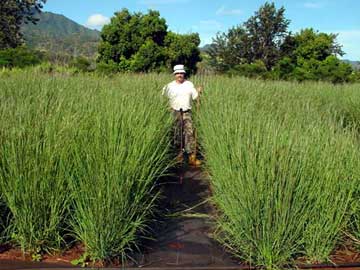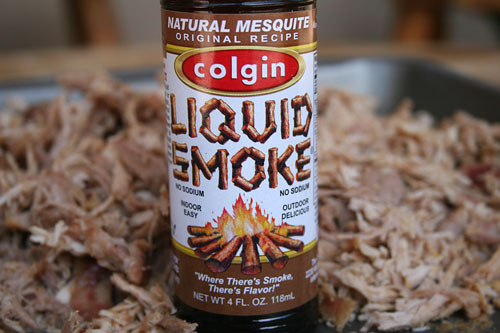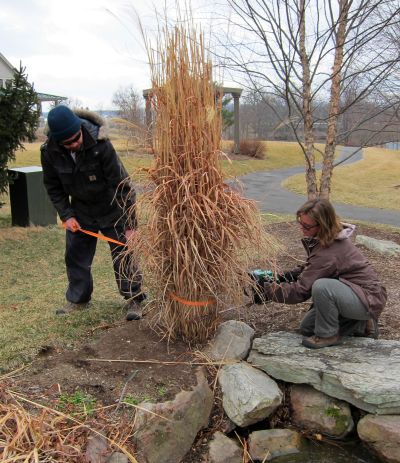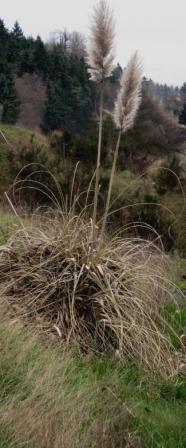I’ve written previously of my adoration for ornamental grasses. A few of you folks in the mid-Atlantic might have heard my “Grasses for the Masses!” presentation complete with lots of arm-waving. As with most of my talks, there’s usually some sort of interpretive dance involved.
Most of our warm-season ornamental grasses are in full gloriousness at the moment. Because it’s autumn! ‘Tis the season to purchase, plant, and enjoy ornamental grasses!
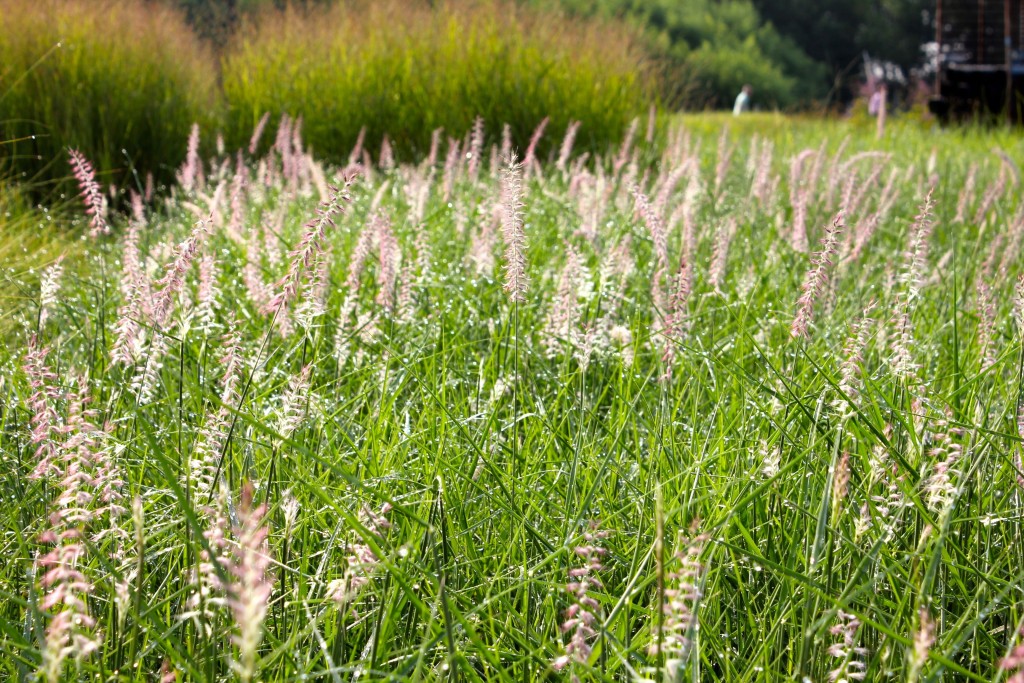
Well, not really. If you’d have purchased and planted them in April or May, you’d only have to do the “enjoy” part now. And your local grower/garden center would LOVE you for it. But most gardeners overlook containers full of 6″ tall Fescue – which is what a LOT of our best grasses resemble in the spring. It’s always been challenging to sell “green” in the spring – consumers want to see and buy plants in flower – so nurseries and greenhouses that supply garden centers do their darnedest to provide said blossoms.

So we pass over pots full of green grassy things in favor of enticing blooms. Nurseries have picked up on this – many include grasses in their summer/early fall production schedule, making full, fluffy pots for the autumn gardener. This works o.k. for shorter, compact things like fountain grass, little bluestem, etc. But by September, majestic switchgrass, big bluestem, and the like rarely look that fabulous in a one or two gallon pot – the proportions aren’t right; a bit of wind and rain and the situation is ripe for floppage (closely related to splayage). So you’ll probably pass them over. Again. Or maybe…take a second look? Just cut them back and plant away – you’ll enjoy them NEXT fall.
